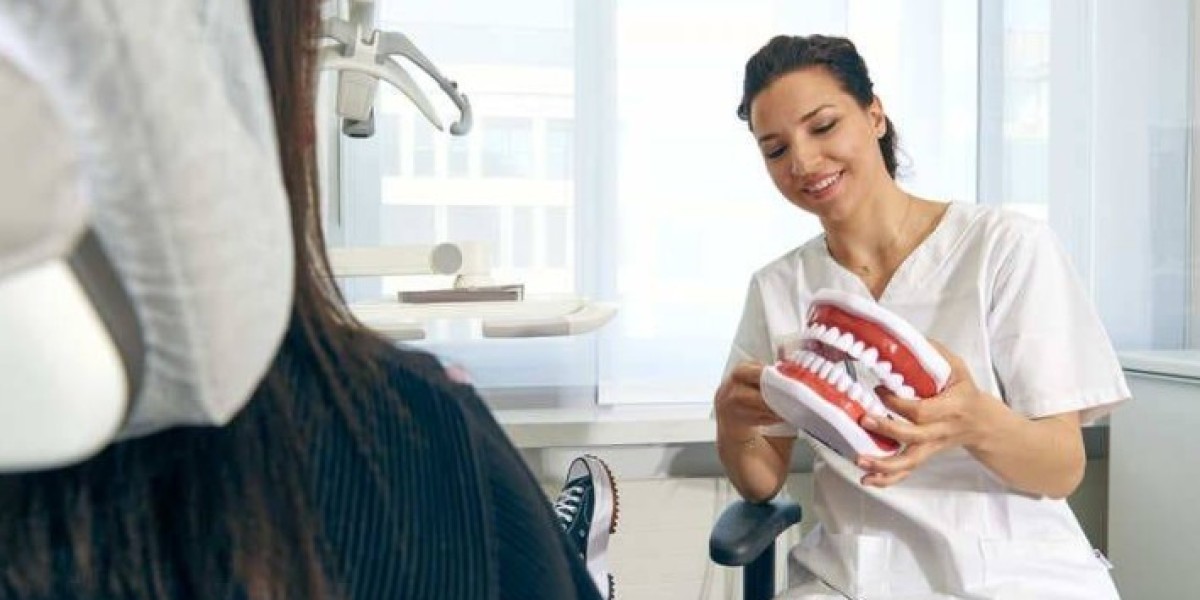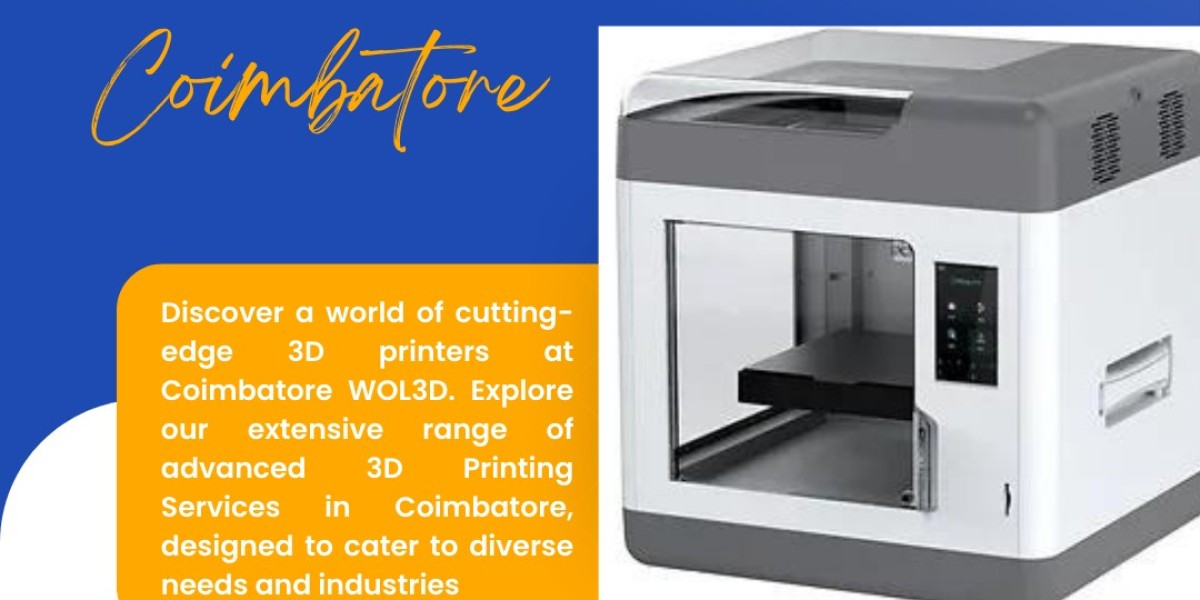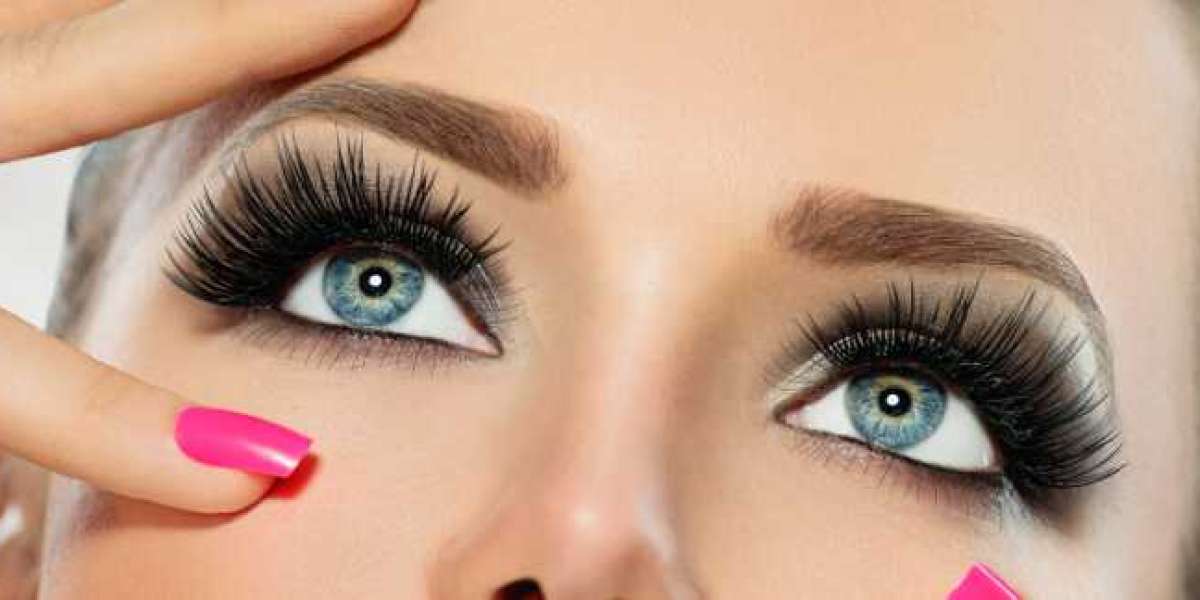In the timeless quest to slow aging and extend human life, science has long focused on genetics, calorie restriction, and cell repair. But a recent breakthrough by researchers at Chung-Ang University in South Korea may have uncovered a promising new direction—IU1, a compound that rejuvenates cells by improving their internal cleanup systems. This discovery could reshape how we think about aging, not just as a passive decline, but as a treatable biological process.
IU1 works by enhancing two critical cellular pathways: proteasome activity and autophagy. These systems are responsible for removing damaged proteins and cellular debris, keeping cells functioning efficiently. As we age, the efficiency of these processes drops, leading to the buildup of toxic waste products that can trigger inflammation, DNA damage, and even chronic disease. IU1 appears to reverse this decline at the cellular level—opening a door to healthier aging and the potential delay of age-related diseases.
How IU1 Works: Activating Cellular Cleanup
To understand IU1’s promise, it helps to picture the cell as a city. In a young, thriving city, garbage trucks (the proteasomes) and recycling plants (autophagy systems) keep things clean and running smoothly. Over time, these systems slow down, causing trash to pile up—damaged proteins, broken organelles, and oxidized molecules that disrupt cellular operations.
This is where IU1 steps in. It targets and inhibits an enzyme called USP14, which normally acts like a brake on the proteasome system. By removing this brake, IU1 allows the garbage trucks to work faster, clearing away protein waste more effectively. Interestingly, this also boosts autophagy—the recycling system—giving the cell an extra layer of cleanup power.
In effect, IU1 restores the cell’s natural balance, reducing stress and improving resilience. In laboratory studies, treated cells showed stronger resistance to damage and displayed fewer aging markers. IU1’s dual action makes it one of the few known compounds capable of simultaneously enhancing both proteasomal and autophagic pathways, which is why it's generating so much excitement in the field of longevity science.
From Flies to Future: Real Lifespan Extension
While the idea of anti-aging drugs often feels like science fiction, IU1 has already shown measurable success—in living organisms. Researchers tested the compound on Drosophila melanogaster, or fruit flies, a standard model in aging research due to their short lifespan and well-mapped genome.
Flies treated with IU1 lived significantly longer than their untreated peers. Not only was their lifespan extended, but their physical health also improved. Their muscles functioned better, mobility remained stronger with age, and markers of oxidative stress declined. In essence, the flies not only lived longer—they aged better.
Though these results are preliminary and limited to insects, they offer a promising window into what IU1 could potentially do in mammals and, eventually, humans. The fact that similar cellular benefits were seen in cultured human cells suggests that IU1’s effects aren’t species-specific—it’s acting on a fundamental biological process that exists across life forms.
Read the original study summary at SciTechDaily
Beyond Aging: IU1’s Role in Disease Prevention
The implications of IU1 stretch beyond simply looking younger or living longer. Many of the most debilitating diseases of old age—like Alzheimer’s, Parkinson’s, and cardiovascular disease—are tied directly to cellular waste buildup and proteostasis failure.
In conditions like Alzheimer’s, for instance, toxic protein clumps called amyloid plaques accumulate in the brain. Normally, the body’s proteasomes and autophagy systems would break these down, but with age, these systems slow down or fail. IU1 could theoretically restore the body's ability to clean house, slowing or even preventing these diseases from taking hold.
While IU1 isn’t a cure, it may function as a first line of defense, preserving cellular health for longer and reducing the risk of age-related breakdowns. This makes it a potentially powerful tool not just in aging, but in preventive medicine as well.
⏳ The Road Ahead: Caution and Hope
As exciting as IU1 is, it’s important to be realistic. This compound is still in the preclinical phase—no human trials have taken place, and no results from long-term mammalian studies have been published. Much more testing is needed to determine its safety, proper dosage, and long-term effects in humans.
There’s also the question of translation. What works in fruit flies doesn’t always work in humans, who have vastly more complex systems and longer lifespans. However, the early success of IU1 is encouraging, especially given its dual-action mechanism.
According to researchers at Technology Networks, the compound may be the beginning of a new class of anti-aging therapeutics—those that don’t just add years to life, but life to years.
❓ FAQ: Frequently Asked Questions
Q1. Is IU1 available as a supplement or drug?
No. IU1 is currently a lab compound and has not been approved for any commercial or medical use.
Q2. Can IU1 reverse aging in humans?
There’s no clinical evidence yet in humans. Early studies in flies and human cells show potential, but we’re still far from proving anti-aging effects in people.
Q3. Does IU1 have side effects?
Unknown. No mammal or human trials have been conducted to assess safety.
Q4. When could IU1-based treatments become available?
If research progresses well, human trials could begin in the next few years. Approval as a treatment would take 5–10 years at minimum.
Summary
IU1 is an experimental molecule that may become a key player in the future of anti-aging therapies. By inhibiting USP14, it boosts the body’s natural cellular recycling systems—proteasomes and autophagy—to extend lifespan in fruit flies and improve health markers in human cells.
While promising, IU1 remains in its early stages of development. It’s not yet tested in humans, but this research opens up new possibilities for combating aging at its cellular roots.
With continued research, IU1 or similar compounds could revolutionize how we treat not only aging itself but the diseases that come with it.








